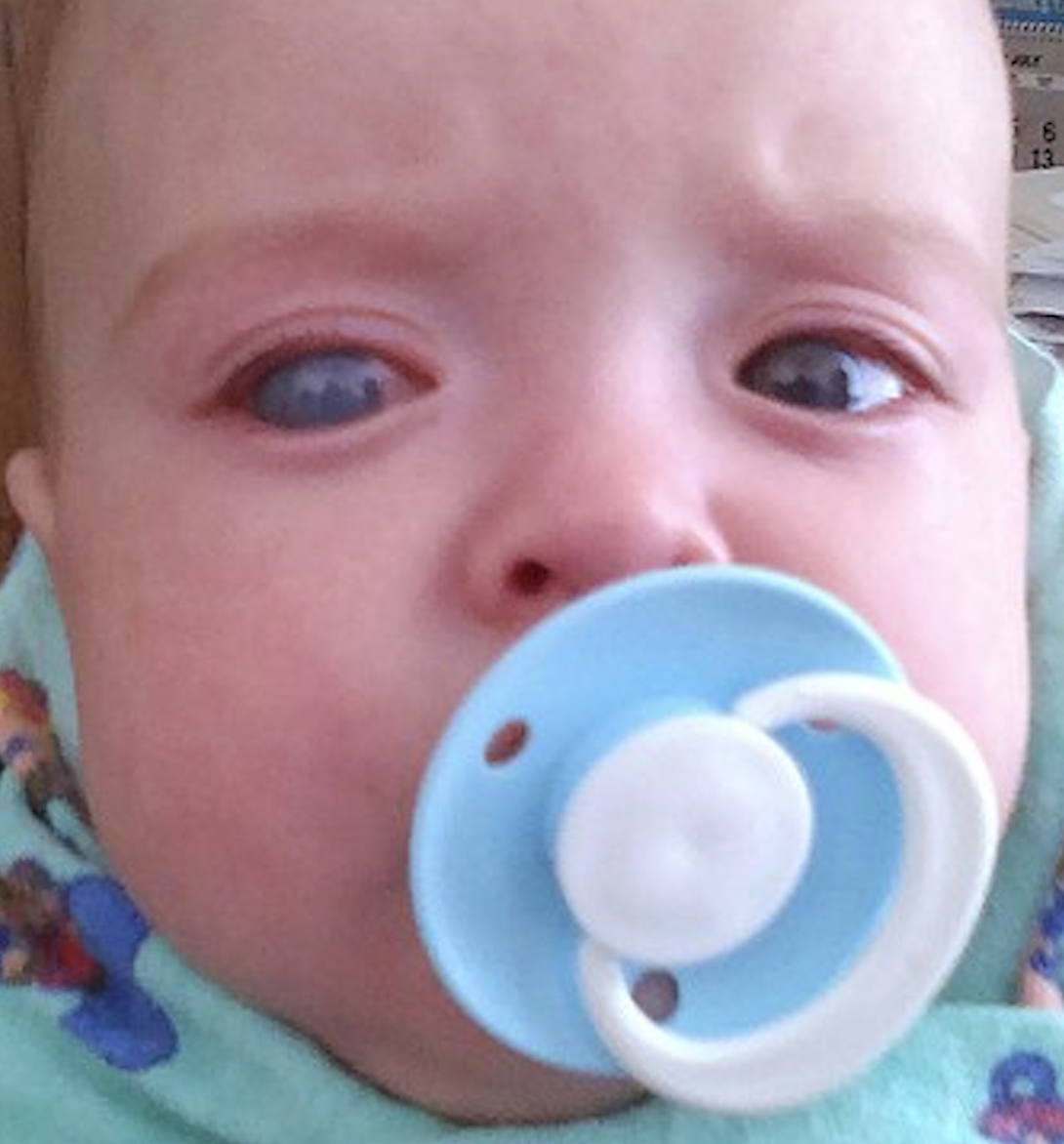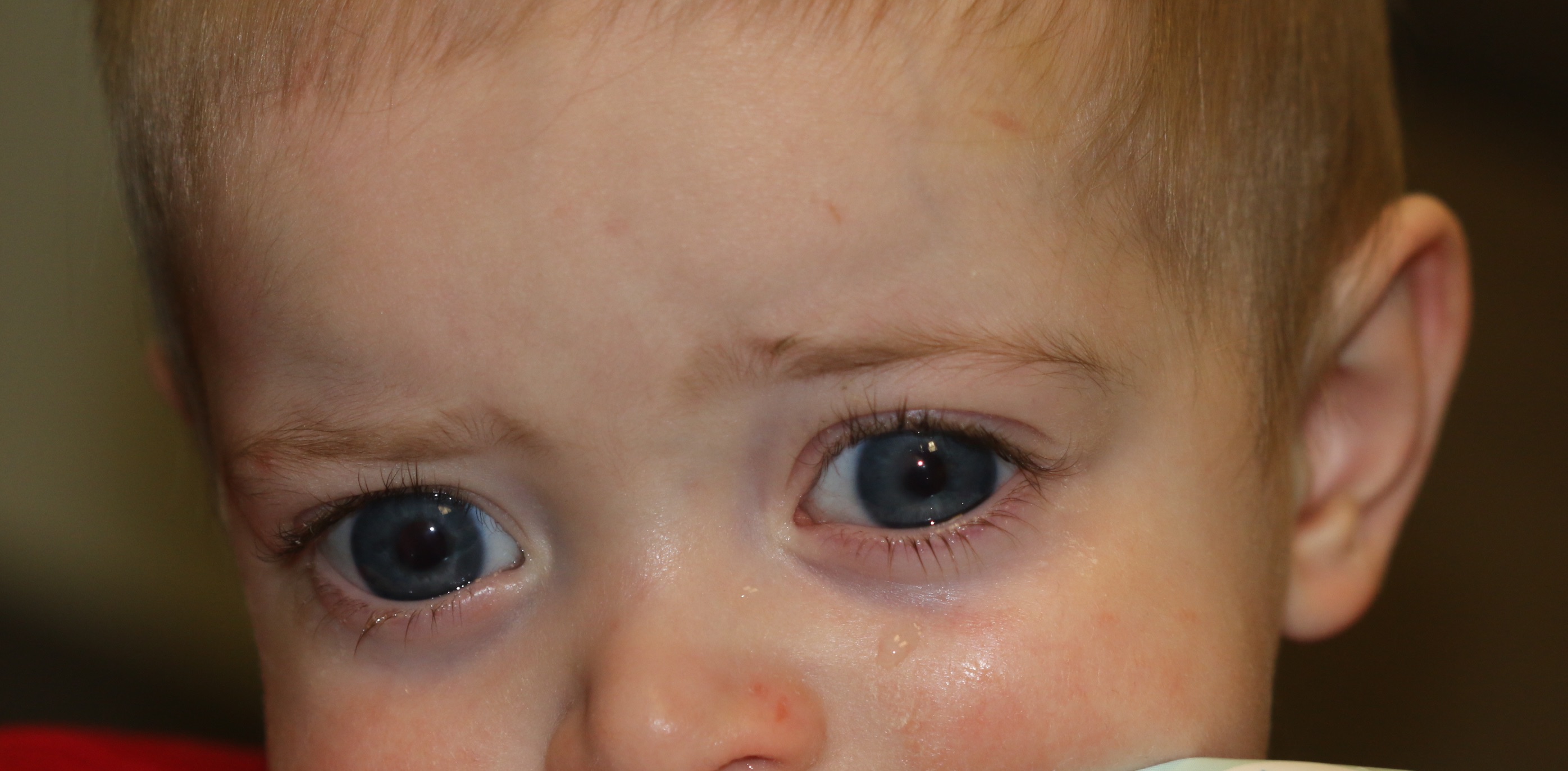[3]
[Epidemiology and clinical characteristics of primary congenital glaucoma]., Aziz A,Fakhoury O,Matonti F,Pieri E,Denis D,, Journal francais d'ophtalmologie, 2015 Dec
[PubMed PMID: 26522891]
[5]
Buphthalmos development in adult: case report., Alves M,Malki LT,Rocha EM,, Arquivos brasileiros de oftalmologia, 2012 Oct
[PubMed PMID: 23471335]
Level 3 (low-level) evidence
[6]
Unilateral congenital buphthalmos., Vasileiadis GT,Frangouli O,, BMJ case reports, 2015 Jun 3
[PubMed PMID: 26040832]
Level 3 (low-level) evidence
[7]
Corneal changes assessed using confocal microscopy in patients with unilateral buphthalmos., Mahelková G,Filous A,Odehnal M,Cendelín J,, Investigative ophthalmology & visual science, 2013 Jun 10
[PubMed PMID: 23696604]
[8]
Medical and surgical outcomes in childhood glaucoma: a population-based study., Aponte EP,Diehl N,Mohney BG,, Journal of AAPOS : the official publication of the American Association for Pediatric Ophthalmology and Strabismus, 2011 Jun
[PubMed PMID: 21652244]
[9]
Gusson E,Chemello F,Longo R,Franzolin E,Vesentini R,Verlato G,Marchini G, Primary congenital glaucoma surgery: outcomes and visual function. International ophthalmology. 2021 Nov
[PubMed PMID: 34297306]
[10]
Wagner FM,Schuster AK,Grehn F,Urbanek L,Pfeiffer N,Stingl JV,Hoffmann EM, Twenty-Years of Experience in Childhood Glaucoma Surgery. Journal of clinical medicine. 2021 Dec 8
[PubMed PMID: 34945031]
[11]
de Silva DJ,Khaw PT,Brookes JL, Long-term outcome of primary congenital glaucoma. Journal of AAPOS : the official publication of the American Association for Pediatric Ophthalmology and Strabismus. 2011 Apr
[PubMed PMID: 21596293]
[12]
Toker E,Seitz B,Langenbucher A,Dietrich T,Naumann GO, Penetrating keratoplasty for endothelial decompensation in eyes with buphthalmos. Cornea. 2003 Apr
[PubMed PMID: 12658082]
[13]
Leite A,Rolim-de-Moura C, Referral reasons for evaluating childhood glaucoma in a tertiary service. Arquivos brasileiros de oftalmologia. 2021 Nov 29
[PubMed PMID: 34852063]
[14]
Primary congenital glaucoma outcomes: lessons from 23 years of follow-up., Zagora SL,Funnell CL,Martin FJ,Smith JE,Hing S,Billson FA,Veillard AS,Jamieson RV,Grigg JR,, American journal of ophthalmology, 2015 Apr
[PubMed PMID: 25634533]
[15]
Yassin SA, Long-Term Visual Outcomes in Children with Primary Congenital Glaucoma. European journal of ophthalmology. 2017 Nov 8;
[PubMed PMID: 28430330]



